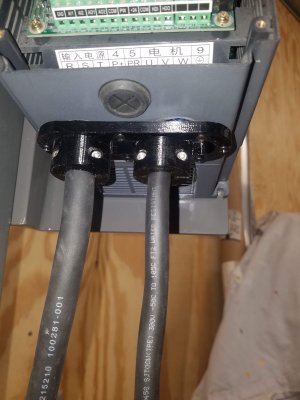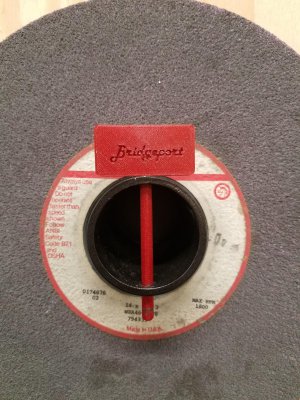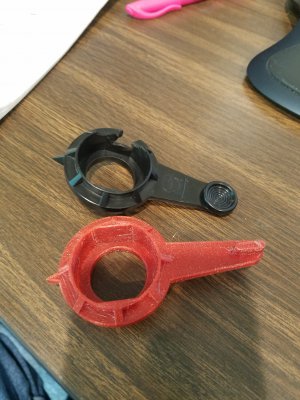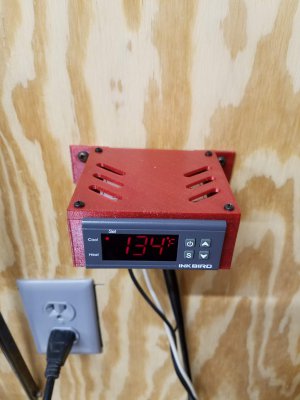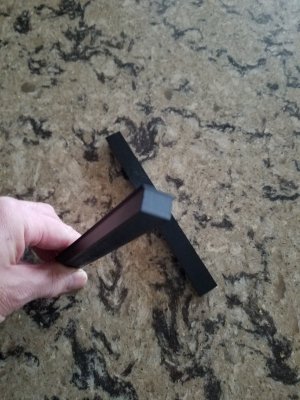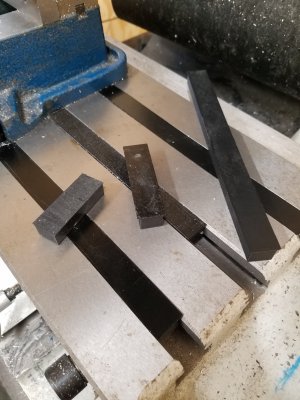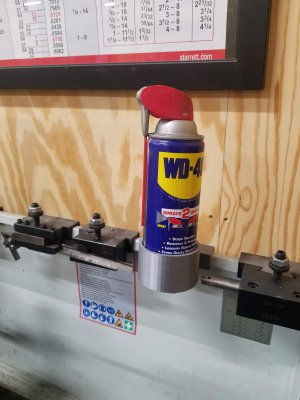- Joined
- Jan 7, 2016
- Messages
- 3,274
I have a Prusa i3 Mk2.5S. Love it.
You will love the Mk3 with the 24 volt steppers. They are so much quieter than mine. Printing in a cold room could be problematic but enclosing it will help.
I use PETG almost exclusively and is my go to filament. @Furshpere has given you a lot of great information.
You will find the uses to be almost endless. I am currently working on my own custom version of drill and tap storage to fit in a wood cabinet.
Just a few of the many, many items I have made over the course of a year or so.
Cord strain relief for my VFD. Surface grinder wheel keeper. Replacement part for my drill doctor. Enclosure for my wood stove controller. Mill way slot whachamajiggie and finally a WD40 can holder for my lathe. This is just a sampling.
You will love the Mk3 with the 24 volt steppers. They are so much quieter than mine. Printing in a cold room could be problematic but enclosing it will help.
I use PETG almost exclusively and is my go to filament. @Furshpere has given you a lot of great information.
You will find the uses to be almost endless. I am currently working on my own custom version of drill and tap storage to fit in a wood cabinet.
Just a few of the many, many items I have made over the course of a year or so.
Cord strain relief for my VFD. Surface grinder wheel keeper. Replacement part for my drill doctor. Enclosure for my wood stove controller. Mill way slot whachamajiggie and finally a WD40 can holder for my lathe. This is just a sampling.


